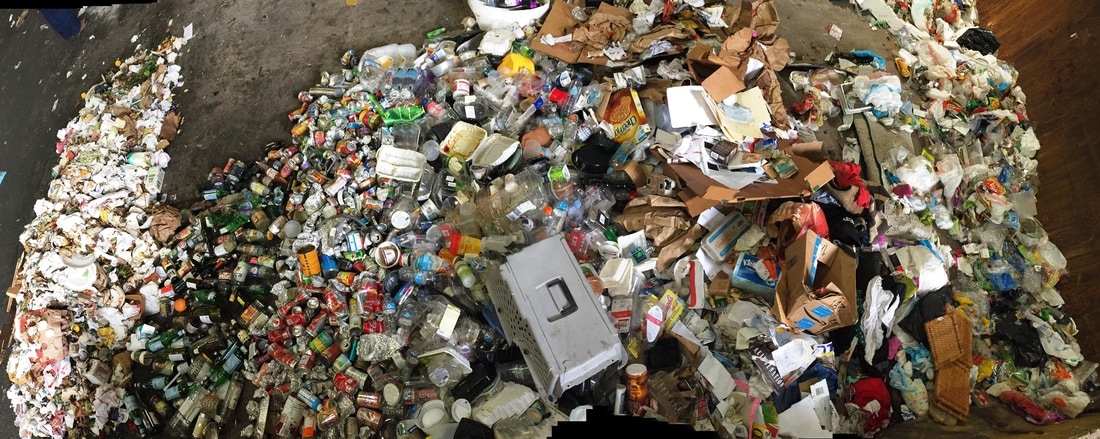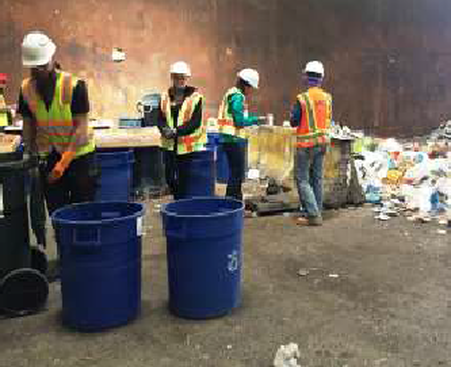Multifamily Waste Characterization Study in Sausalito

Client: City of Sausalito, CA
Date: Spring 2017 Highlights √ Sorted over 3,000 lbs. of waste from 52 multifamily dwellings. √ Analyzed changes between our 2017 study and a SCS Engineers study in 2013. √ Study demonstrated need to focus on increasing use of green waste carts by residents in MFDs. Introduction
Envirolutions partnered with the City of Sausalito to perform a waste characterization of a sample subset of municipal solid waste (MSW) discards from multifamily dwellings (MFDs) to measure the amount of recoverable material not diverted through existing and available recycling and green waste collection programs. All of the MFD sites included in the study have had access to both recycling and green waste collection programs for multiple years. Our results were compared to the waste characterization study by SCS Engineers in 2013. Activity The waste characterization spanned 3 collection days; 40 of Sausalito’s 52 eligible MFDs sites were sampled. Envirolutions Consulting staff sorted 13 samples of approximately 250 pounds each (3,273.8 lbs total) into 9 categories and placed the material into barrels to be weighed. The 9 categories included: recyclable paper, recyclable plastics, compostable organics, non-compostable organics, electronics, recyclable metal, recyclable glass, household hazardous waste, and other waste (or mixed residue). |
Recommendations
Envirolutions Consulting recommended that future advertising and outreach focus on educating the public on composting paper towels, napkins, and food-soiled paper, as it appeared that a large percentage of customers were not getting the message that these materials belong in the green waste cart. Additionally, marketing efforts should promote paper recycling in a fresh and engaging way. Because 33% of the materials going to landfill are not divertible under the current program, advancements must be made to recycle additional items, such as textiles, carpet, and plastic film in order to reach Zero Waste Marin's zero waste goal by 2025. Results Two-thirds of the sorted MSW was found to be readily divertible, a rate only slightly improved in four years. The largest component of the waste stream continues to be compostable organics, mainly food waste and food soiled paper. Although there was a decrease in the amount of recyclable paper being thrown away, this resource was the largest recyclable component of MSW. E-waste and household hazardous waste (HHW) makes up <0.5% of the total weight, so it appears that customers are getting the message that these items do not belong in the landfill. |


